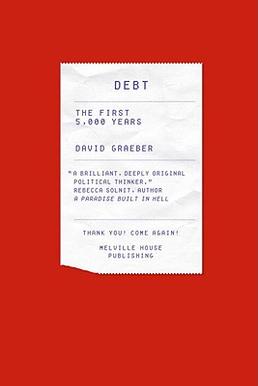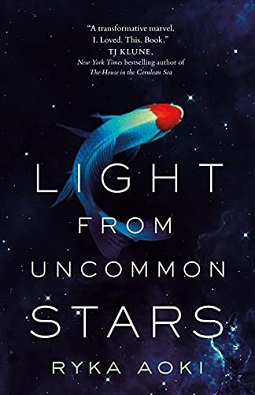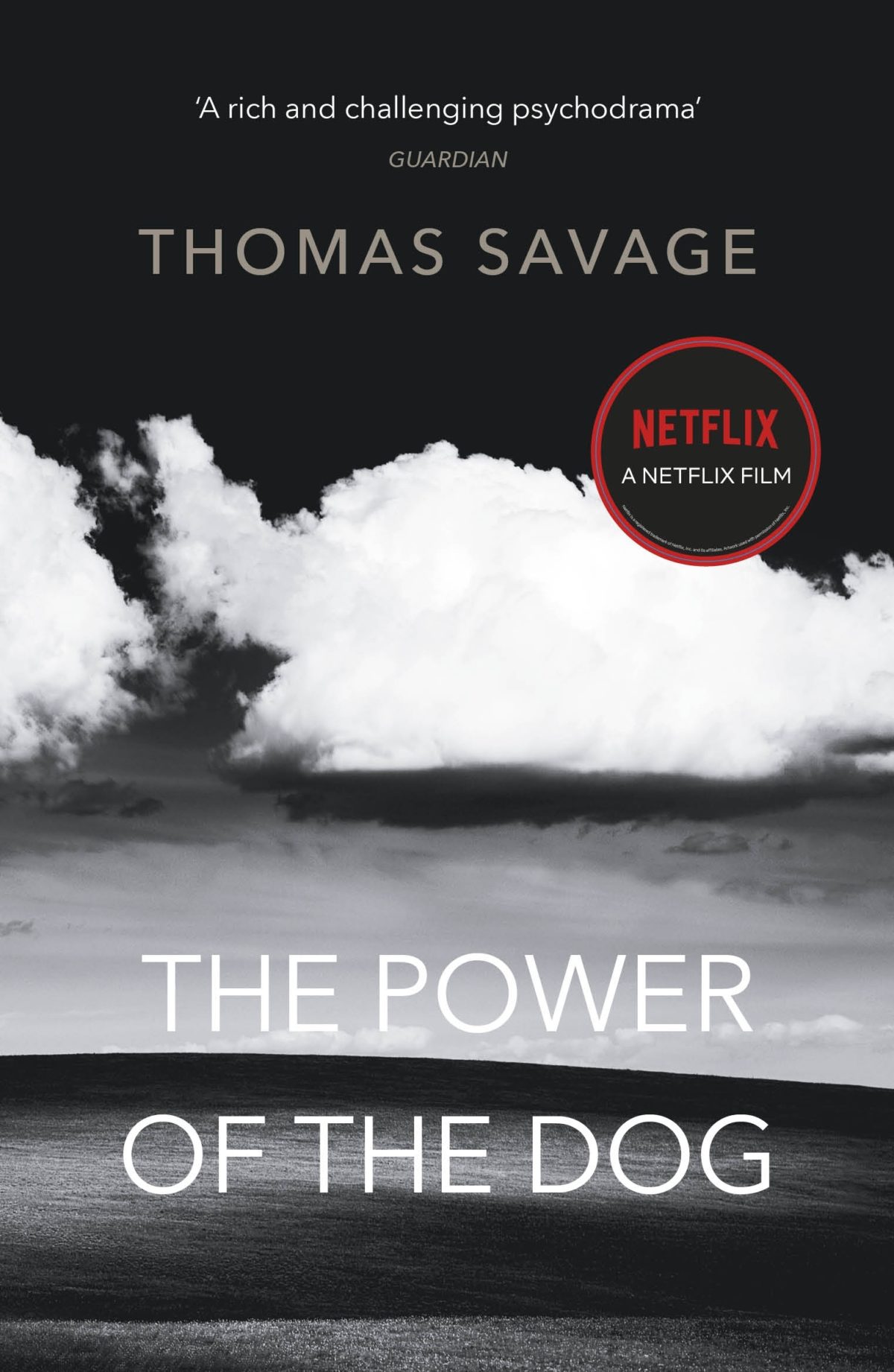Another book club book, this time the Discord book club. Turns out if you let me show up once, I never leave. (Well, except that time I dropped in to discuss Solaris and then didn’t attend another meeting until Light From Uncommon Stars.)
Lesser Known Monsters of the 21st Century is a snappy little collection of short stories from Kim Fu. They all go pretty quick, making this book another member of the illustrious One-Sit Read Club for me. I’m struggling to remember any others except The Crying of Lot 49, but I know there’s at least one more besides. Possibly Kokoro? Honorable mention: The Seep.
As a short story collection, there’s not really any plot to recount. Around half of the stories flirt with science fiction, or speculative fiction, however you want to call it, whether by relying on technology beyond what’s currently available or by inventing scientifically plausible monsters, illnesses, or mutations. Regardless of genre, all of the stories share a deft, light touch that in the end is possibly a bit too light. Few of them have a closed or definitive ending; a bit like Weasels in the Attic, they all have the sensation of a kind of literary show and tell. “Here’s this weird idea I had. Sure is weird, isn’t it? Anyway…” Sometimes this works for the subject matter, but other times it feels a little bit like a cop-out, like Fu couldn’t figure out what the logical conclusion of their idea should be. This was maybe the most frustrating in “#ClimbingNation,” which has enough paydirt drama and conflict set up in just one post-funeral scene to fuel an entire novel (hidden stashes of gold bars! unresolved guilt! mysterious pasts!) but instead simply ends. On the other hand, it works well in “Doll,” where that kind of unresolved tension works because the story is classic, old-school horror straight out of Weird Tales. Then there’s a third class of story where the lack of conclusive ending renders the entire story forgettable. Like, very literally forgettable—in the hour between finishing the book and starting this post, I still had to look up reviews to remind myself of what I had just read.
My personal favorite out of the collection was “Pre-Simulation Consultation XF007867,” the first story in the collection and which maybe doomed the other stories by setting expectations too high because it is really, really good. I might have even choked up a bit. And while I don’t know that “Twenty Hours” is necessarily a great story, it perfectly encapsulates a particular mood and dynamic that I recognize from being in a long-term relationship so I’ll credit Fu with that much.
Overall I’m not mad I read it, because Fu has a way with words and it’s a delight to reside in their world, even for those too-brief moments. I expect it’s a bit hard to track down at the moment due to new release hype, but if you come across it in the bookshelves in a year or two it’s worth the browse.













